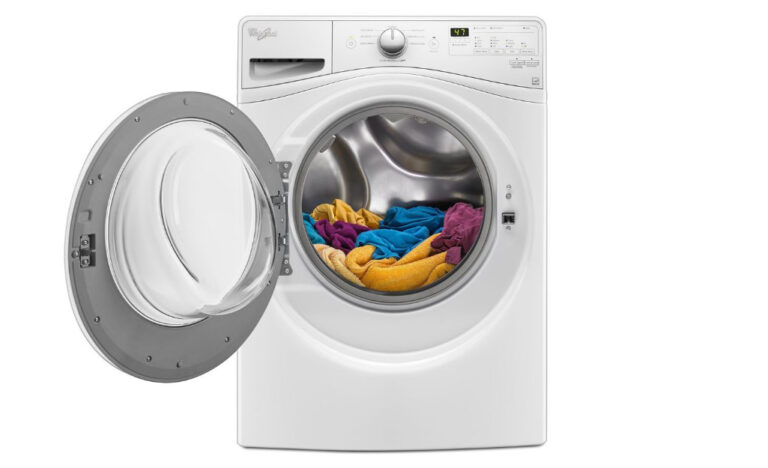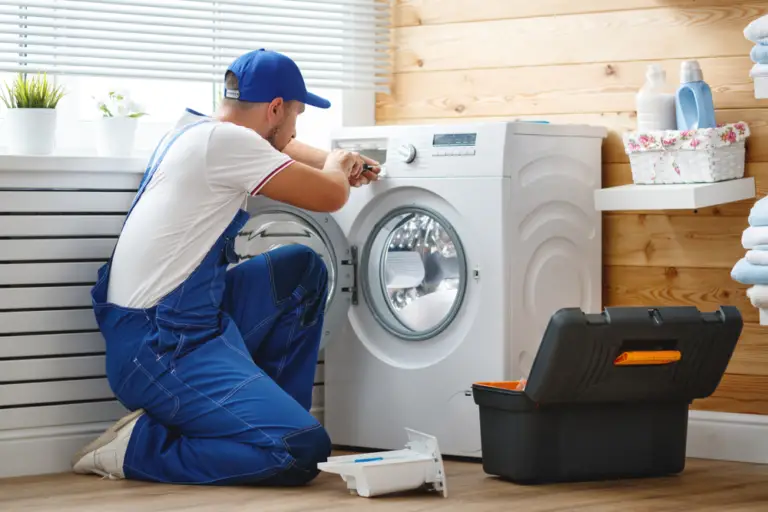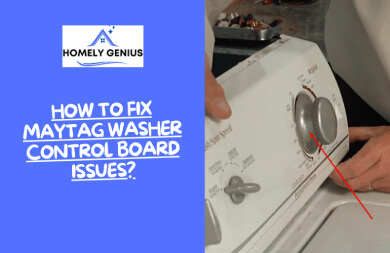Washing Machine How to Fix: Quick and Easy Solutions
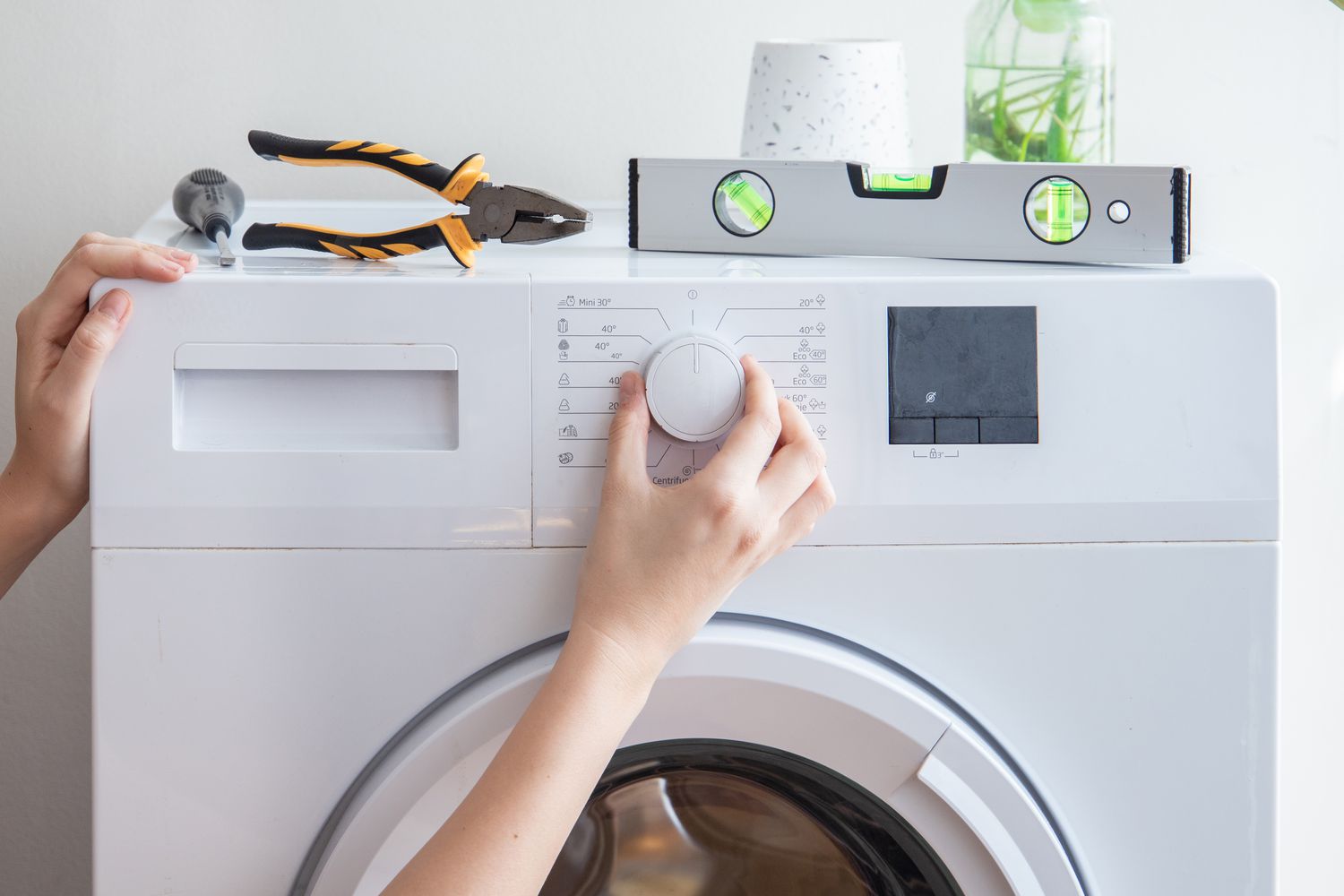
To fix a washing machine, first identify the problem, then follow specific troubleshooting steps. Common issues include drainage problems, noise, or failure to start.
Washing machines are essential household appliances, but they sometimes malfunction. Common problems range from drainage issues to the machine not starting. Understanding these issues and knowing how to address them can save time and money. Basic troubleshooting often resolves most problems.
Ensure the machine is unplugged before starting any repairs. Check hoses, filters, and connections to identify any visible issues. Knowing how to fix minor problems can extend the life of your washing machine. Regular maintenance also helps in preventing future issues. This guide will help you identify and fix common washing machine problems effectively.
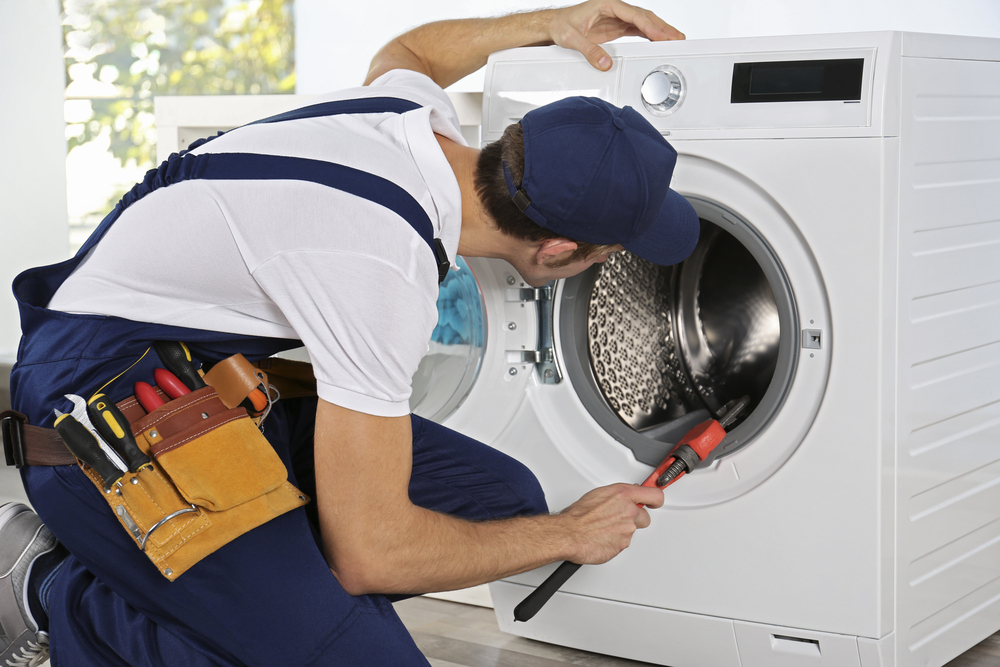
Credit: manwithawrench.com
Common Issues
Washing machines make our lives easier. But they sometimes face problems. Below are common issues and tips to fix them. This guide will help you troubleshoot and solve these problems.
No Power
If your washing machine has no power, it won’t start. First, check the power source. Make sure the plug is secure. Also, inspect the outlet. Try plugging in another device. If the outlet works, the issue is with the machine.
Next, check the power cord. Look for any damage. Replace it if needed. You should also inspect the fuse or circuit breaker. A blown fuse can cut power. Reset the breaker or replace the fuse. If these steps don’t work, the problem may be internal. Call a technician for further help.
Water Leaks
Water leaks are common in washing machines. They can cause damage to your floor. First, check the hoses. Ensure they are connected tightly. If they are loose, tighten them.
Inspect the hoses for cracks or holes. Replace them if you find any damage. Also, check the door seal. A damaged seal can cause leaks. Clean it to remove any dirt. Replace it if it’s worn out.
Check the detergent drawer. Too much detergent can cause leaks. Use the right amount. Also, ensure the machine is level. An unbalanced machine can leak. Adjust the feet to level it.
| Problem | Solution |
|---|---|
| No Power | Check power source, cord, fuse, and circuit breaker. |
| Water Leaks | Inspect hoses, door seal, detergent drawer, and machine level. |
Tools Needed
Fixing a washing machine yourself can save money. But you need the right tools. Here’s a list of essential tools to get started.
Basic Toolkit
A basic toolkit includes essential tools found in most homes. Here is a list of what you will need:
- Screwdrivers: Both flathead and Phillips screwdrivers are necessary.
- Pliers: Needle-nose and slip-joint pliers are useful.
- Wrenches: An adjustable wrench is versatile and handy.
- Nut Driver Set: For tightening and loosening nuts and bolts.
- Flashlight: To see inside dark areas of the machine.
These tools help in disassembling parts and reaching tight spots.
Specialized Tools
Some fixes require specialized tools. Here’s a list of specialized tools you might need:
| Tool | Purpose |
|---|---|
| Multimeter | Testing electrical components for faults. |
| Spanner Set | Removing and installing nuts and bolts. |
| Hex Keys | Adjusting screws in tight spaces. |
| Tube Cutter | Cutting and fitting water supply tubes. |
| Wire Stripper | Stripping and cutting electrical wires. |
Having these tools makes the repair process easier and faster. Always ensure safety by unplugging the machine before repairs.
Safety First
Before you start fixing your washing machine, it’s crucial to prioritize safety. This ensures you avoid potential hazards and injuries. Always take the necessary precautions before proceeding with any repair work. Here are essential steps to keep yourself safe.
Unplug The Machine
The first step in ensuring safety is to unplug the washing machine. This cuts off the power supply and prevents electrical shocks. Locate the power cord and gently pull it from the socket. Never work on a machine that is still plugged in.
Wear Protective Gear
Wearing the right protective gear is essential. This includes gloves, safety goggles, and closed-toe shoes. Gloves protect your hands from sharp edges and electrical parts. Safety goggles shield your eyes from debris and chemical splashes.
| Protective Gear | Purpose |
|---|---|
| Gloves | Protect hands from sharp edges and electrical parts |
| Safety Goggles | Shield eyes from debris and chemical splashes |
| Closed-toe Shoes | Protect feet from heavy objects and spills |
Always ensure you have a well-lit workspace. Proper lighting helps you see what you’re doing clearly. A clutter-free area is also important. This reduces the risk of tripping or knocking over tools and parts.
Follow these safety steps to protect yourself while fixing your washing machine. Prioritizing safety helps you avoid accidents and ensures a smooth repair process.
Credit: www.thespruce.com
Fixing No Power
Is your washing machine not powering on? This issue can be frustrating. But don’t worry! There are simple steps to fix it. Let’s start with two main checks: the power source and the power cord.
Check Power Source
First, make sure the washing machine is plugged in. Check the outlet where the machine is connected. Try plugging in another device to see if the outlet works. If the outlet is not working, check your home’s circuit breaker. Sometimes, the breaker might have tripped. Reset the breaker and try again.
Use a voltage tester for a quick check. This tool will help you see if electricity is flowing to the outlet. If you find no power at the outlet, contact an electrician for help.
Inspect Power Cord
Now, let’s look at the washing machine’s power cord. Make sure the cord is not damaged. Look for any cuts, frays, or wear. If you see any damage, replace the cord right away. A damaged cord can be dangerous.
Check the connection point where the cord enters the washing machine. Sometimes, the connection can become loose. Ensure it is firmly connected. If the cord looks fine but the machine still has no power, you might need to use a multimeter. This tool can help you test the cord for continuity.
Follow these steps to use a multimeter:
- Set the multimeter to the continuity setting.
- Place one probe on each prong of the power plug.
- If the multimeter beeps, the cord is good. If not, replace the cord.
By checking the power source and inspecting the power cord, you can solve many no power issues. These simple steps can save you time and money.
Addressing Water Leaks
Water leaks in washing machines can cause headaches and damages. To prevent this, follow these simple steps to address potential water leaks in your washing machine.
Check Hoses
First, inspect the hoses. Hoses can crack or loosen over time. Ensure all hoses are securely connected. Look for visible cracks or wear.
| Hose Type | Possible Issues |
|---|---|
| Inlet Hose | Loose connection, cracks, wear |
| Drain Hose | Clogs, cracks, wear |
Examine Door Seals
Door seals are vital. They prevent water from leaking out of the door. Check the door seals for any signs of wear or damage. Replace damaged seals immediately.
- Inspect seals for cracks or tears.
- Clean seals to remove any debris.
- Replace seals if damaged.
By following these steps, you can reduce the risk of water leaks in your washing machine. Regular maintenance ensures a longer life for your appliance and a dry laundry area.
Solving Drainage Problems
Is your washing machine not draining properly? Drainage problems can be frustrating. Fixing these issues ensures your clothes come out clean and fresh. This section will guide you through solving drainage problems.
Clear Drain Filter
The drain filter collects lint, coins, and other debris. A clogged filter can block water flow. To clear it:
- Unplug the washing machine.
- Locate the drain filter (usually at the bottom front).
- Remove the cover and take out the filter.
- Clean the filter with warm water.
- Reinsert the filter and cover it back.
Cleaning the drain filter regularly prevents blockage. This simple step can solve many drainage issues.
Inspect Drain Hose
The drain hose carries water out of the machine. A kinked or blocked hose can cause drainage problems. To inspect the hose:
- Unplug the washing machine.
- Check the hose for kinks or bends.
- Ensure the hose is securely connected to the machine and drain pipe.
- If blocked, detach the hose and flush it with water.
- Reattach the hose and ensure it is straight.
Inspecting the drain hose helps maintain proper water flow. A clear hose ensures your machine drains efficiently.
Resolving Spin Cycle Issues
Dealing with spin cycle issues in your washing machine can be frustrating. A non-spinning washer leaves clothes soaking wet. This guide will help you fix these problems easily.
Balance The Load
One common cause of spin cycle issues is an unbalanced load. Ensure that your laundry is evenly distributed in the drum. Too many clothes on one side can cause the machine to shake and stop spinning. Follow these steps:
- Pause the cycle.
- Open the door and redistribute clothes.
- Remove heavy items like towels and jeans.
- Close the door and restart the cycle.
Keeping the load balanced can prevent future spin issues. Always check before starting a wash.
Check Drive Belt
The drive belt plays a crucial role in spinning. A worn-out or broken belt can stop the drum from spinning. Follow these steps to check the belt:
- Unplug the washing machine.
- Remove the back panel using a screwdriver.
- Locate the drive belt connecting the motor to the drum.
- Inspect the belt for wear and tears.
- Replace the belt if it looks damaged.
- Reattach the back panel and plug in the machine.
Replacing a worn belt can restore the spin function. Ensure you use the correct belt for your model.
By balancing the load and checking the drive belt, you can resolve many spin cycle issues. Regular maintenance helps keep your washing machine running smoothly.
Maintaining Your Washer
Keeping your washing machine in top shape ensures it lasts long. Regular maintenance helps prevent issues, saving you time and money. Follow these simple steps to maintain your washer.
Regular Cleaning
Cleaning your washer regularly is crucial. Dirt and detergent can build up over time.
- Wipe the drum and door with a damp cloth after each use.
- Run an empty hot water cycle with vinegar monthly.
- Clean the detergent drawer and filter every two weeks.
Routine Inspections
Performing routine inspections can help spot problems early.
- Check Hoses: Inspect water hoses for cracks or leaks.
- Examine Seals: Ensure door seals are intact and free from mold.
- Monitor Noise: Unusual sounds may indicate issues. Address them promptly.
Regularly maintaining your washer ensures it runs smoothly. Follow these tips to keep your washer in excellent condition.
Frequently Asked Questions
What Is The Common Problem Of A Washing Machine?
A common washing machine problem is failure to drain properly. This can be caused by clogged hoses, a faulty pump, or blocked filters. Regular maintenance and cleaning can help prevent these issues.
Can You Repair A Washing Machine Yourself?
Yes, you can repair a washing machine yourself. Basic issues like clogged filters or minor leaks are DIY-friendly. Always unplug first. For complex problems, consult a professional to avoid damage or safety risks.
How To Fix A Washing Machine That Won’t Wash?
Check power supply and ensure the machine is plugged in. Verify lid switch, water supply, and detergent level. Inspect hoses for clogs. Reset or replace any faulty parts.
How To Fix A Washing Machine That Won’t Spin?
Check the lid switch and door latch for faults. Inspect and clean the drain pump filter. Ensure the drive belt isn’t broken. Verify motor coupling and clutch are functional. Balance the load and reset the machine.
How To Reset A Washing Machine?
Unplug it for one minute, then plug it back.
Why Is My Washing Machine Not Spinning?
Check for an unbalanced load or clogged drain.
How To Fix A Leaking Washing Machine?
Inspect hoses for cracks and tighten connections.
Why Is My Washing Machine Noisy?
Loose drum or foreign objects can cause noise.
Conclusion
Fixing a washing machine can seem daunting, but with the right steps, it’s manageable. Follow the guide to troubleshoot common issues. Regular maintenance can prevent many problems. Save money and extend your machine’s life by handling minor repairs yourself. Always consult the manual or a professional for complex issues.

